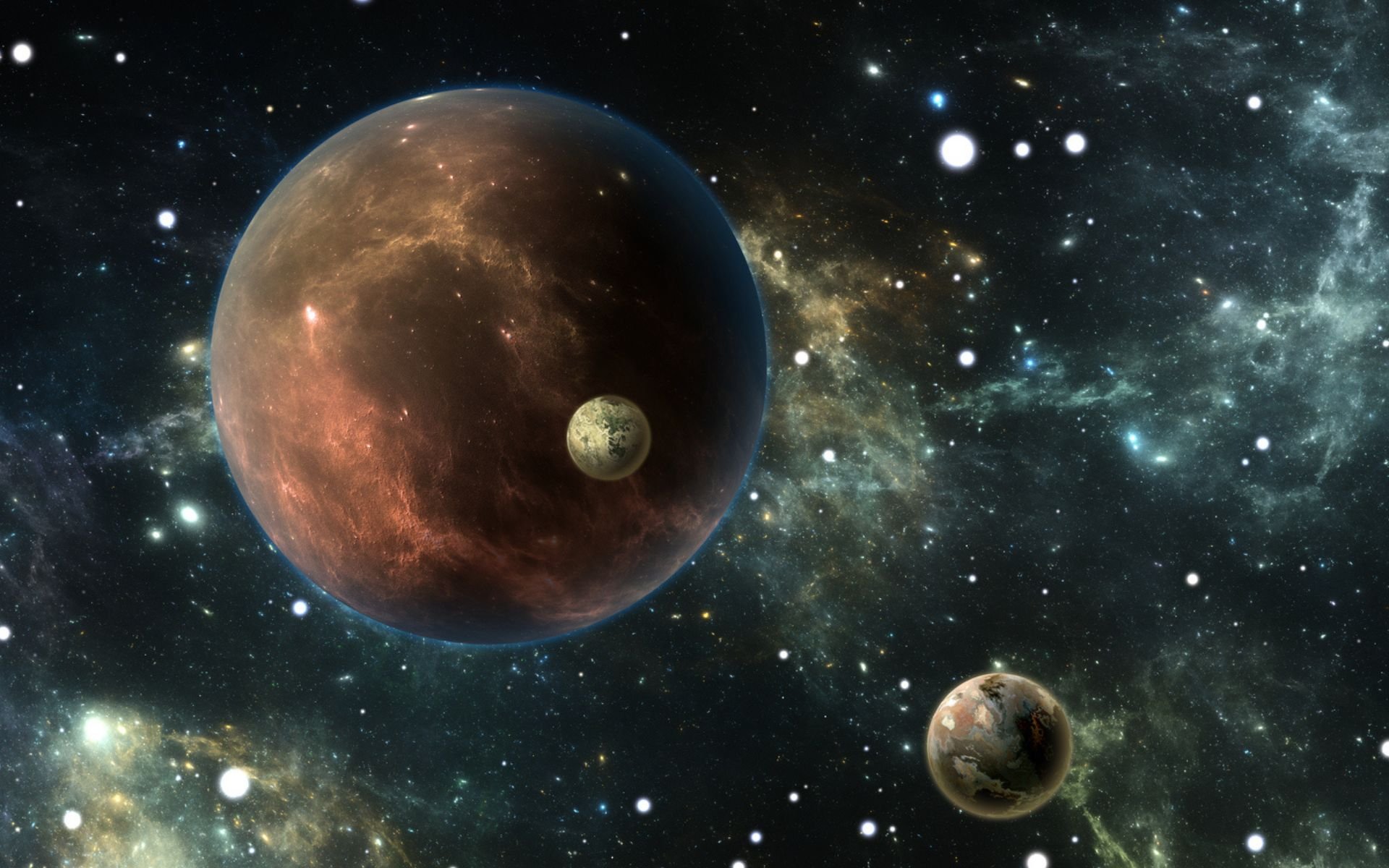An unprecedented study offers a new perspective on the Kuiper Belt, a region far beyond Pluto. Scientists are investigating the possibility of Mars-sized planets known as free-floating planets (FFPs). It orbits our Sun at a distance of 1,400 astronomical units (AU).
The implications of the study are far-reaching, as Pluto, the outermost known body in our solar system, is thought to be 39 AU and the Kuiper Belt is thought to extend to 1,000 AU.
A universe of wandering planets
This research is consistent with current astronomical predictions showing that the Milky Way may host thousands, or even billions, of these FFPs. A new analysis based on data from NASA’s James Webb Space Telescope (JWST) has identified 540 possible Jupiter-sized “rogue planets.”
Some may even exist as roving binary planets, adding a new dimension to our understanding of planetary existence.
Understanding the Rogue Planet Phenomenon
According to Amir Siraj, a doctoral student at Princeton University and lead author of the study, FFP research opens the door to three fundamental areas of astrophysics: understanding how planetary systems form, exploring potential habitable zones in the universe, and studying the dynamics of these planets. and their interactions with stars and other planetary systems.
Siraj’s work, which includes a series of computer simulations, suggests that our solar system may have acquired such a planet within 4.5 billion years of its formation.
Possibility of a distant terrestrial planet
Operating simulations We suggest the existence of a Mars- or Mercury-sized planet at the edge of our solar systemIt is between 600 and 3,500 AU from the Sun.
If it exists, this possible terrestrial planet could provide important information about the formation and habitability of planets around other stars due to its rocky structure.
Siraj recommends further research to understand the mechanisms of capturing rogue planets and observational techniques to locate these planets. The use of microlensing, a technique used in previous research, remains a promising method for identifying previously unknown celestial objects.
Did you like the article? Stay up to date with more work like this at TecMundo. If you want to further explore the mysteries of our universe, take the opportunity to discover who the 3 new gods in the sky are, confirmed by the James Webb Telescope.
Source: Tec Mundo
I’m Blaine Morgan, an experienced journalist and writer with over 8 years of experience in the tech industry. My expertise lies in writing about technology news and trends, covering everything from cutting-edge gadgets to emerging software developments. I’ve written for several leading publications including Gadget Onus where I am an author.












